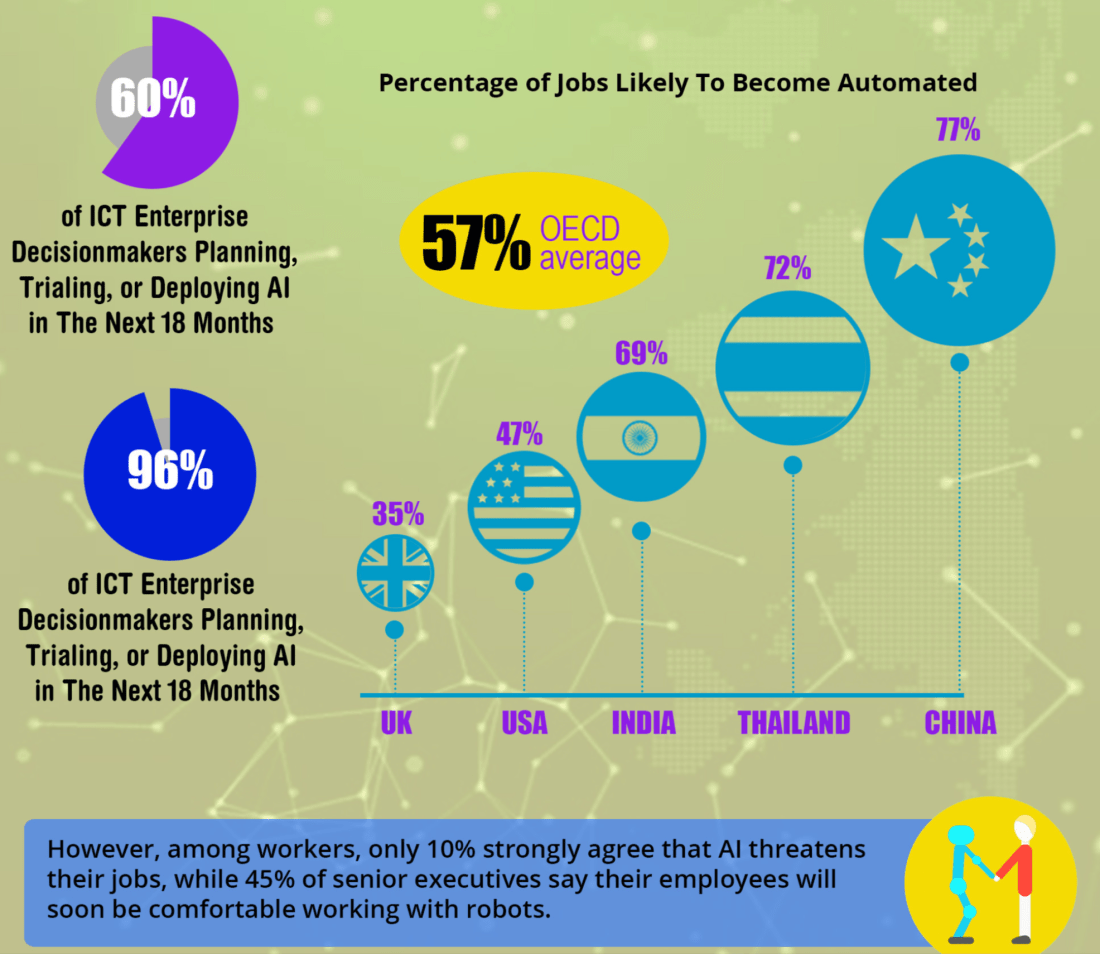
nmodes ability to accurately deliver relevant messages and conversations to businesses is based on its ability to understand these messages and conversations. Once a system understands a sentence or text, it can easily perform a necessary action, i.e. bring a sentence about buying a car to the car dealership, or a complaint about purchased furniture to the customer service department of the furniture company.
Understanding sentences is called semantics. nmodes has developed a strong semantic technology that stand out in a number of ways.
Here is how nmodes technology is different:
1. Low computational power. We don’t use methods and algorithms deployed by almost everyone else in this space. The algorithms we are using allow us to achieve high level of accuracy while significantly reducing the computational power. Most accurate semantic systems, e.g. Google’s, or IBM’s, rely on supercomputers. By comparison our computational requirements are modest to the extreme, yet we successfully compete with these powerhouses in terms accuracy and quality of results.
2. Private data sources. We work extensively with Twitter and other social networks, yet at the same time we process enterprise data. Working with private data sources means system should know details specific only to this particular data source. For example, when if a system handles web self-service solution for online electronics store it learns the names, prices, and other details of all products available at this store.
3. User driven solution. Our system learns from user’s input. Which makes it extremely flexible and as granular as needed. It supports both generic topics, for example car purchasing, and conversations concentrating on specific type of car, or a model.



 We realize that AI is a complex body of knowledge and one of your biggest concerns is that you are not familiar with it well enough. We made sure that you don’t need to be technically savvy to successfully manage a chatbot. Using our simple and friendly online interface you can control your chatbot in real time using common natural language. No technical knowledge is required.
We realize that AI is a complex body of knowledge and one of your biggest concerns is that you are not familiar with it well enough. We made sure that you don’t need to be technically savvy to successfully manage a chatbot. Using our simple and friendly online interface you can control your chatbot in real time using common natural language. No technical knowledge is required.